On this trip you will travel the first stretch of the Via de la Plata that separates two of the most beautiful cities in Spain: Seville and Merida. During 9 stages you will walk through the lands of Andalusia and Extremadura; the olive groves will be transformed into extensive landscapes of Iberian pastures, leaving in its path small villages where the hospitality of the people will be the best gift at the end of each stage.
-
11 days / 10 nights accommodation
-
Luggage transfer during the stages
-
Complete documentation
-
Pilgrim’s Credential
-
On-the-road emergency telephone assistance
-
Travel insurance
Contacto
Travel Itinerary
The city of the Giralda is undoubtedly one of the most beautiful places in our country. The historic centre of the capital of Andalusia is considered the largest of the Spanish cities, and in it you can visit impressive heritage sites such as the Cathedral, the Alcazar or the Giralda. The Torre del Oro and the Plaza de España are also heritage elements that you can’t miss.
You will start your first stretch of the Via de la Plata from Seville to Merida leaving the city of the Giralda through the Puerta de Triana square and crossing the Guadalquivir River. On leaving Seville you have the option of taking a detour through Camas or continuing on to Santiponce, where you can visit the ancient Roman city of Italica, the latter being the more recommendable option. Afterwards you will continue on tracks, crossing the streams of Los Molinos and Galapagar until you reach Guillena and finish the stage.
Guillena has a great cultural and natural heritage. We recommend you to visit the Cortijo Torre de la Reina, dating from the 13th century, which was a caliphal fortress for the defense of Seville, and the camp of King Ferdinand III the Saint. This Cortijo was declared a National Historic-Artistic Monument in 1977. The Mudejar church of Nuestra Señora de Granada and the Palace of Parladé, among others, also stand out. Gastronomically speaking, this area has a very varied cuisine, but the star dishes are undoubtedly game meats.
You will leave Guillena crossing the Rivera de Huelva River to continue through an industrial area until you reach the Vía Pecuaria Cañada Real de las Islas. You will find landscapes of olive and orange trees, running along the edge of the Sierra Norte de Sevilla. Finally, you will walk the last stretch on a tarmac track to Castilblanco de los Arroyos.
In Castilblanco de los arroyos, a town mentioned by Cervantes in his novel “Las dos doncellas”, you can visit religious buildings of Mudejar origin, such as the church of Divino Salvador. This small village on the way between the provinces of Seville and Cordoba, is located in the foothills of the Sierra del Pedroso. As for the local gastronomy, traditional recipes such as rabbit in salmorejo, “las venteras” or “migas” stand out; very nutritious dishes with which you can recover your strength.
During this stage you will cross fields dedicated to livestock until you reach the Natural Park of Los Berrocales. From here your way will continue between forest tracks and rural paths to the neighbourhood of El Berrocal. After walking to the Cerro del Calvario, you can enjoy wonderful views of the Covachas hill and the Almadén de la Plata mines. Finally the road descends to reach the end of the stage in Almadén de la Plata.
Almadén de la Plata, located between the Natural Park of the Sierra de Sevilla and the mountains of Sierra Morena, is a town endowed with a natural landscape of great value and beauty. In fact, many routes of great natural and archaeological interest start from here. As far as its cultural heritage is concerned, you can visit the Clock Tower and the medieval castle.
Today’s day begins leaving the village towards the hill of Covachos; descending to reach an area of meadows where you will walk along rural trails. You will cross a stream, which you will have to follow, until you reach El Real de la Jara, the last Andalusian town on your Camino. From here you will head towards the lands of Extremadura, passing through extensive pastures and fields until you reach the hermitage of San Isidro. Finally, you will cross the Puerto de la Cruz pass to reach the end of the stage in Monesterio.
Monesterio has an interpretation centre of the Vía de la Plata that is certainly worth visiting. On the monumental level, you can visit the Church of San Pedro Apostle. This village, located in the land of ham and pastures, has a Ham Museum. In Monesterio you can enjoy a rich gastronomy based on game meat and Iberian ham.
The route leaves Monesterio along the national road, to go through olive groves to the Dehesa stream. You will continue walking through extensive pastures and a very flat terrain until you reach the place of El Cerrillo. From here you will start descending until you reach the Bodión stream to arrive in a few kilometres to the end of the stage in Fuente de Cantos.
Fuente de Cantos is the town of origin of the painter Francisco de Zurbarán, a Spanish painter belonging to the Golden Age, who stood out for his religious painting. The works of Francisco de Zurbarán are framed in the baroque style and in the village you can visit the Museum – House of Francisco de Zurbarán, to learn more about him and his work. Fuente de Cantos has an important historical site, linked to the religious heritage. You can visit the pre-Romanesque and Romanesque archaeological sites of “Los Castillejos” and the parish church of Nuestra Señora de Granada, dating from the 16th century, among others.
You leave Fuente de Cantos in the direction of Calzadilla de los Barros, from where you can take a small detour to visit the church of San Salvador. From here you will continue towards the Rivera River, which you will cross by continuing along the Vereda de la Plata. The route runs through agricultural fields, vineyards and streams. After crossing the railway tracks and a road, you will reach La Puebla de Sancho Pérez and then Zafra, the end of the stage.
Zafra is a town that lived the Reconquest from a strategic position. A good example of this is its medieval defensive remains, still preserved today. The medieval town of Zafra was declared a historic-artistic site, as it has a wall of which three gates and an extensive heritage are still preserved. We recommend you to visit the Alcazar de los Duques de Feria, the collegiate church of Candelaria or the Casa del Aljímez, among others. For a moment of leisure, food and rest, you can go to the Plazas Chica and Grande, the most atmospheric area of the town.
You will leave Zafra towards the Sierra de San Cristóbal, walking through mountains full of vines, olive groves and fruit trees, until you reach Los Santos de Maimona, the last town with services until the end of the stage. From here you cross the bridge over the Rivera de Robledillo and continue along the road to Ribera del Fresno, until you reach Villafranca de los Barros.
Villafranca de los Barros is a town known as the “City of Music”, in fact, every year they celebrate a festival called Gastromúsica. This place has a Historical-Ethnographic Museum that is worth visiting, which deals with relevant topics associated with this place, music, history and the vehicle. In terms of religious architecture, you can visit the hermitage of Nuestra Señora de la Coronada.
In this stage you will head towards Torremejía, walking along roads and paths surrounded by vineyards and olive groves, until you reach a crossroads where you will have to choose whether to continue straight on along the national road to Torremejía, or take a detour of just 4 kilometres to visit Almendralejo. If you choose the second option of the itinerary, you will be able to visit the city of romanticism with its main points of interest and taste some of its Ribera del Guadiana Denomination of Origin wines.
Torremejía is known for having been the place chosen by Camilo José Cela to set his novel La Familia Pascual Duarte. You can visit the church of the Purísima Concepción and enjoy the wonderful gastronomy of Extremadura, with its typical sausages, hams, cheeses and meats.
In this stage we recommend leaving early to arrive in Mérida around midday and be able to take the opportunity to get to know the city. You leave Torremejía along a path that runs alongside the main road until you cross the railway line and descend towards Mérida. You will enter this beautiful city through the Paseo de Roma.
Merida is a very historic city that was founded by the Roman Emperor Augustus in the 1st century BC. Its archaeological site was declared a World Heritage Site by UNESCO in 1993. Due to its Roman origin, the city had a multitude of monuments of this culture throughout its history, some of which are still very well preserved today. We recommend you to visit the bridge, the theatre, the circus, the amphitheatre or Trajan’s arch. If you are also passionate about art and history, you are in the perfect city; here you can visit the Museum of Roman Art and the Museum of Visigothic Art.
Congratulations! You have completed the first section of the Via de la Plata from Seville to Merida. Remember that you can add extra nights to your trip to get to know the beautiful city of Merida at your leisure. It has a lot to offer you!
After leaving the accommodation, end of our services
Map of the Way
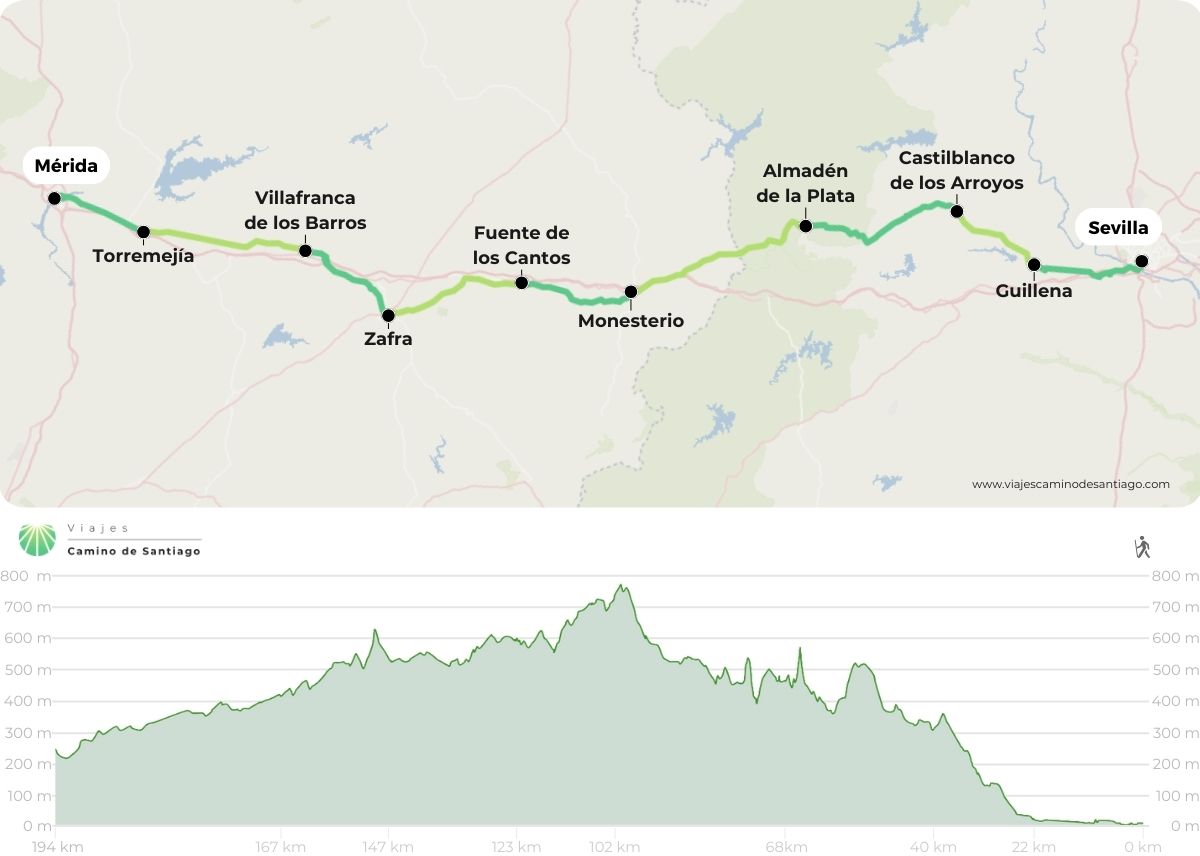
Type of accommodation
In hotels, guesthouses and rural houses from Seville to Merida
Detalles
Services included
Optional Services
| Servicio | In hotels, guesthouses and rural houses from Seville to Merida |
|---|---|
| 70€ per person | |
| 185€ per person | |
| 230€ per single room | |
| 55€ (sing. room) / 70€ (doub. room) |
| Breakfast | ||
|---|---|---|
| In hotels, guesthouses and rural houses from Seville to Merida | 70€ per person | |
| MP (Breakfast and dinner) | ||
| In hotels, guesthouses and rural houses from Seville to Merida | 185€ per person | |
| Supplement for single room | ||
| In hotels, guesthouses and rural houses from Seville to Merida | 230€ per single room | |
| Extra night | ||
| In hotels, guesthouses and rural houses from Seville to Merida | 55€ (sing. room) / 70€ (doub. room) | |
Photos
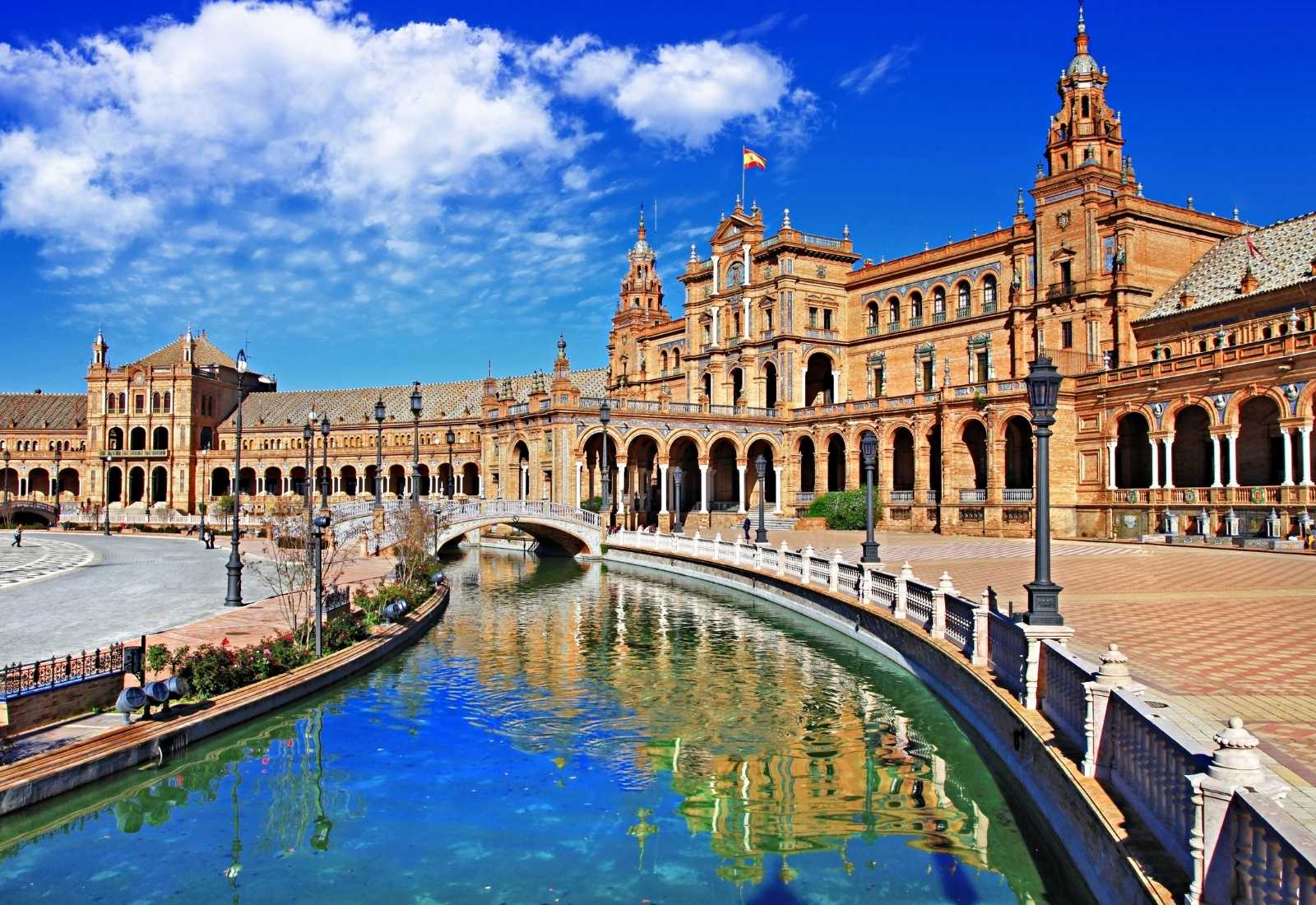
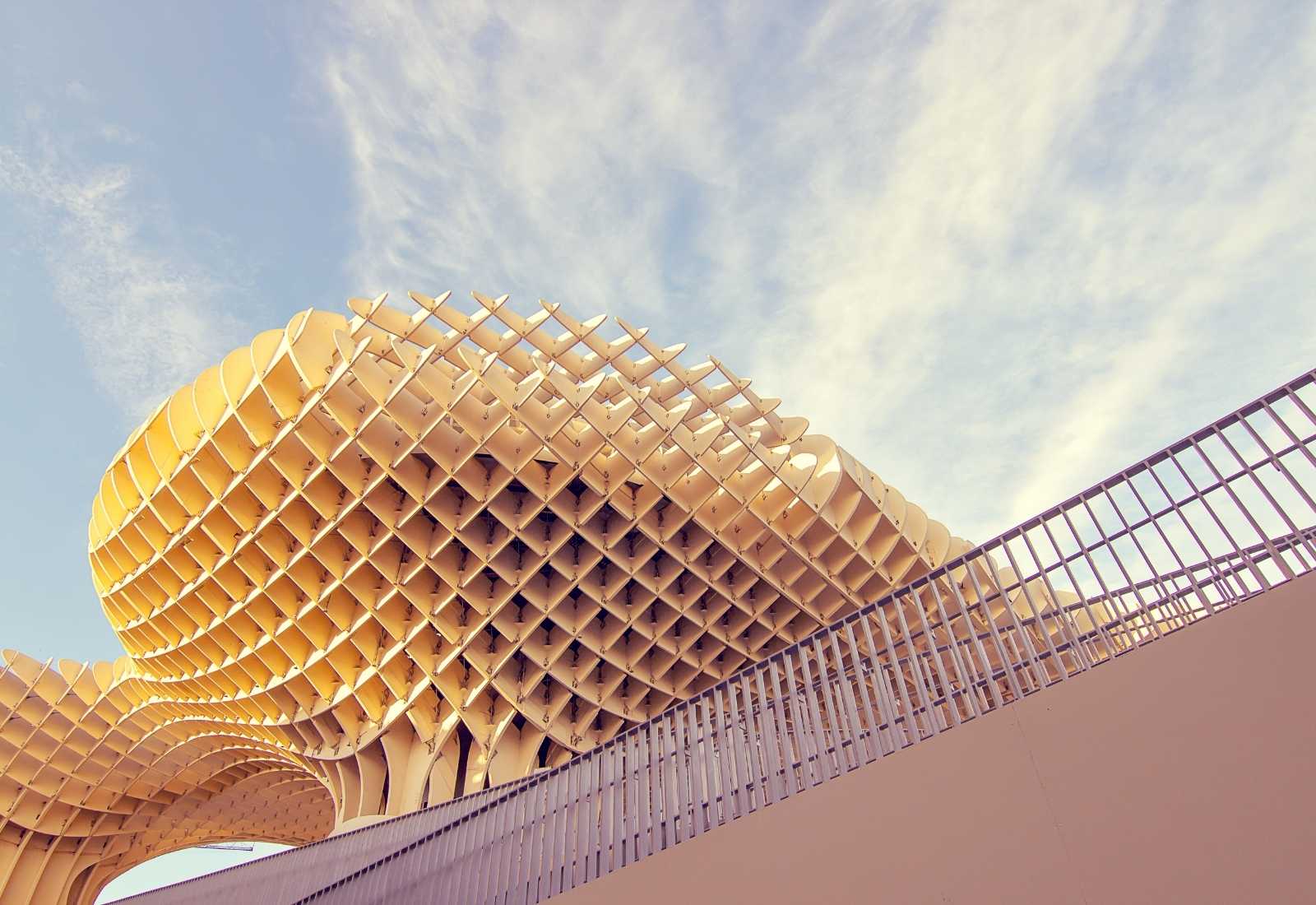
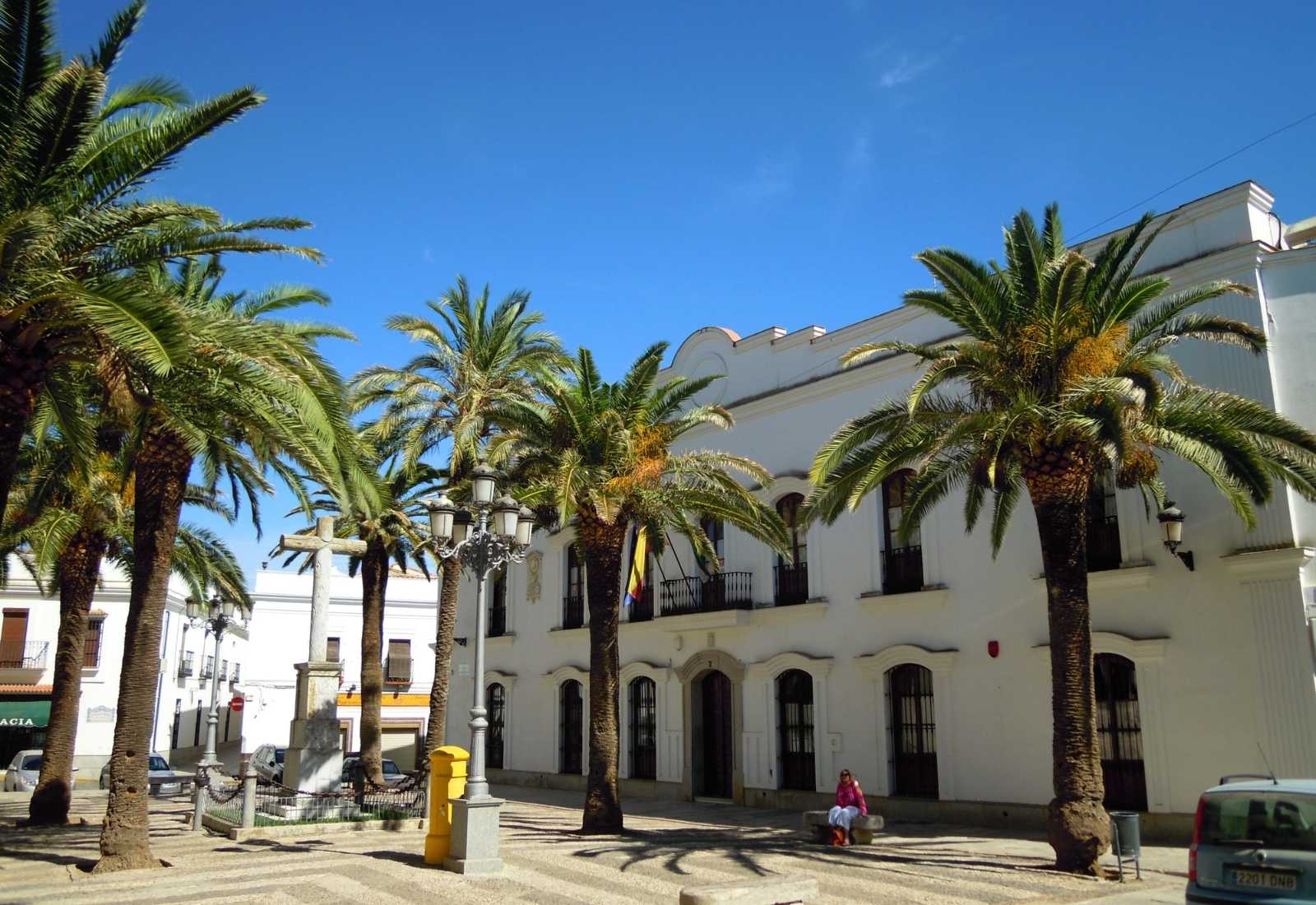
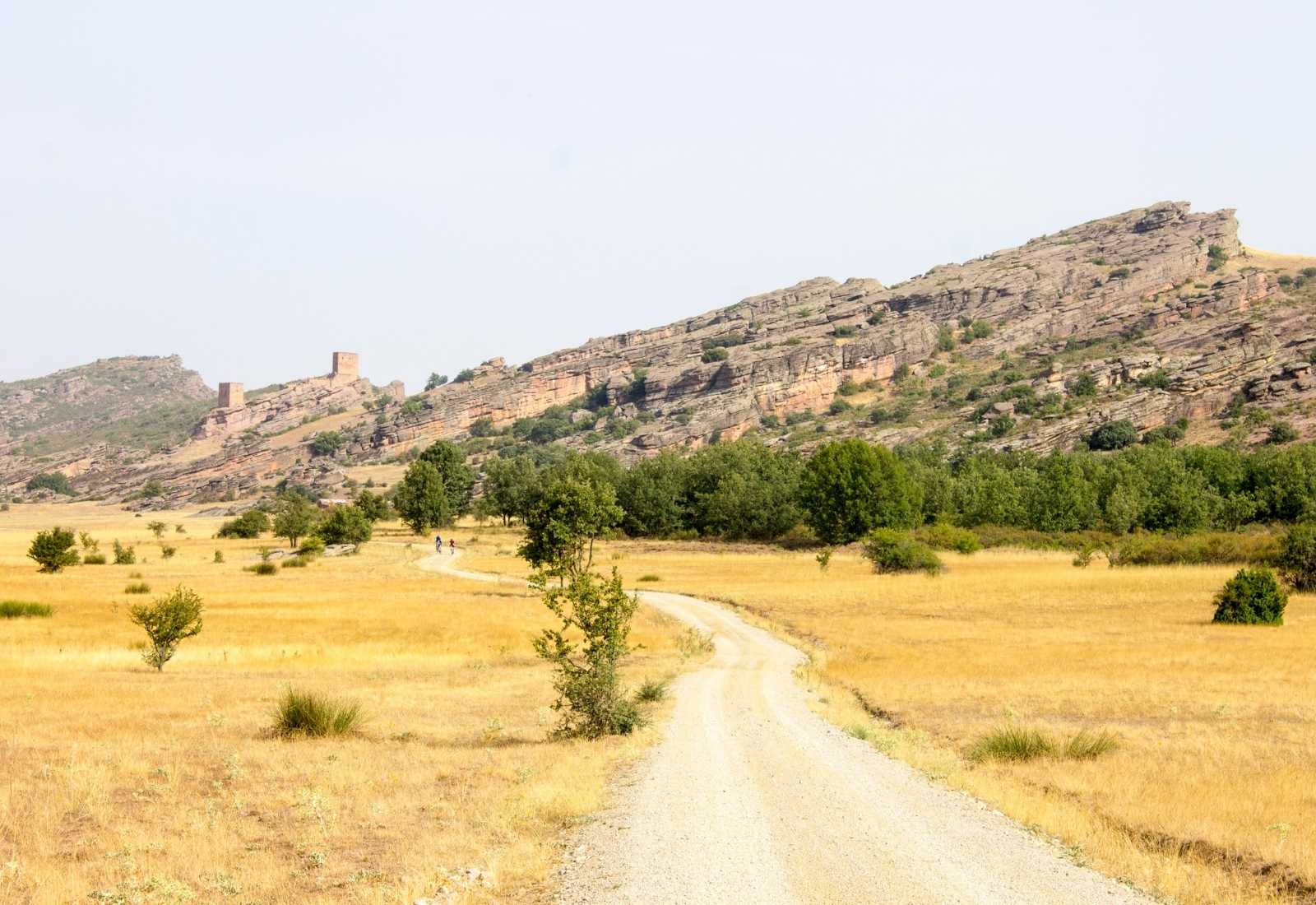
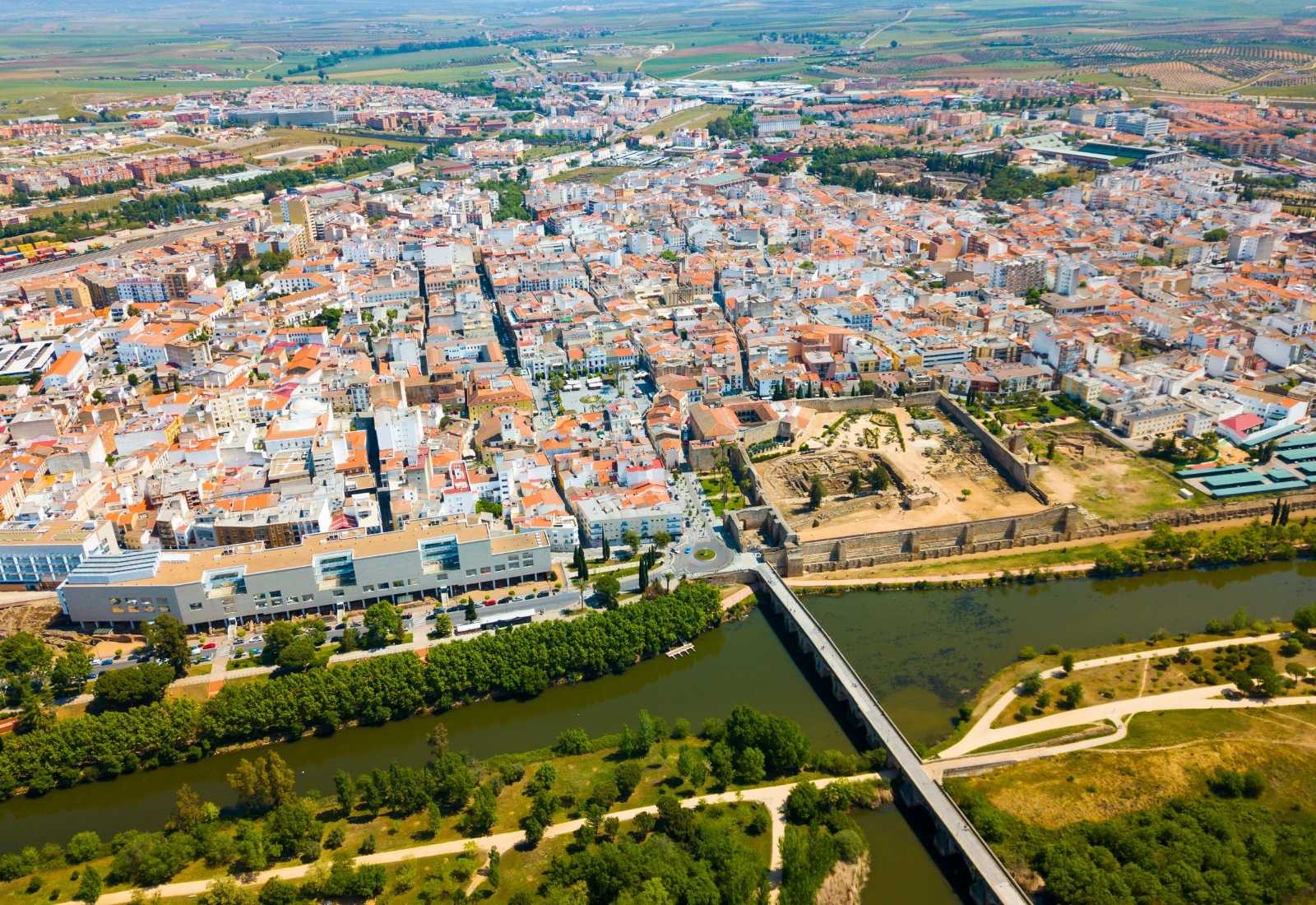
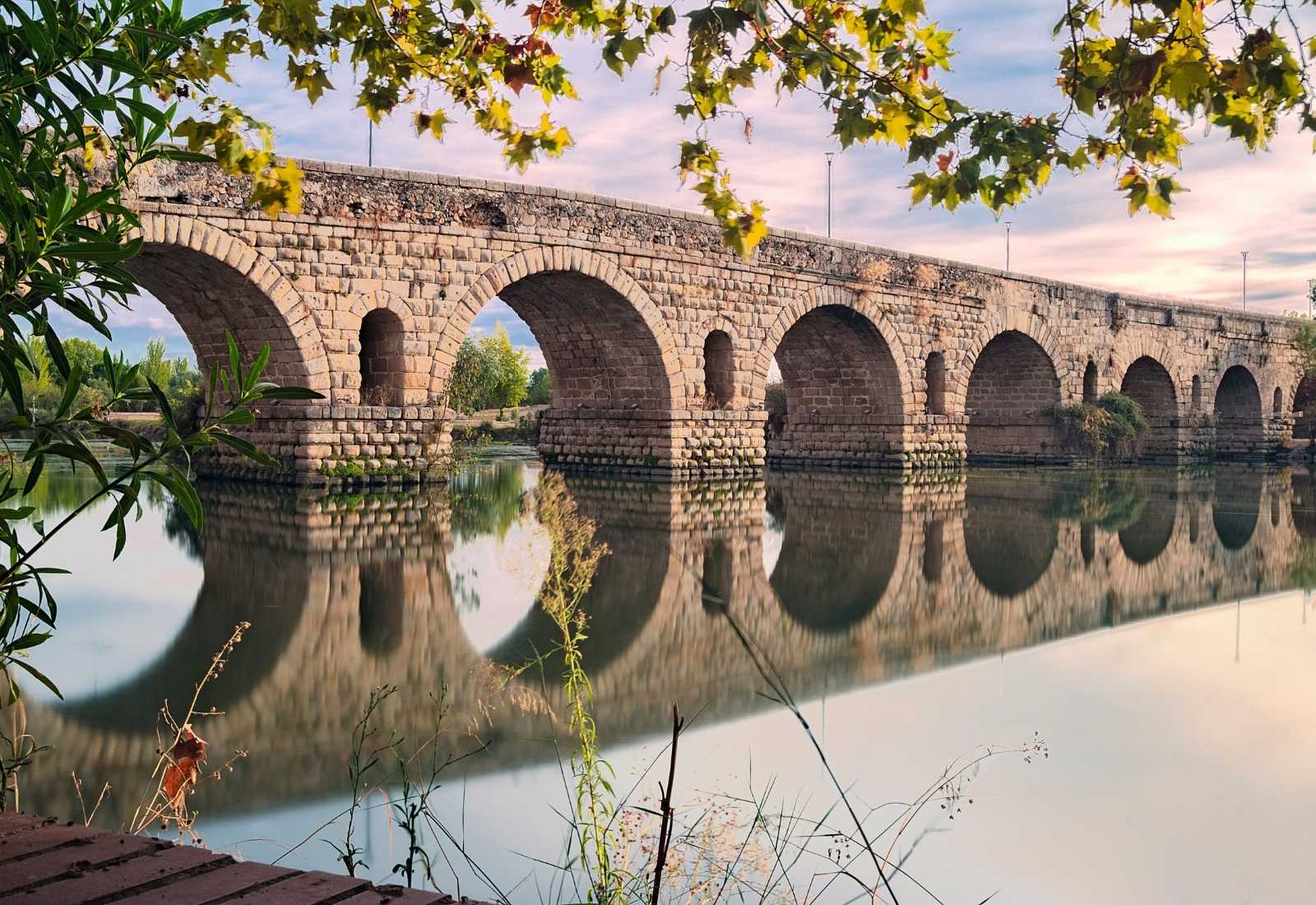
Frequently Asked Questions
The Camino de Santiago on your own includes the following services
- Accommodation
- Luggage transport
- Dossier with information about the stages
- Pilgrim's credential
- On-the-road helpline
- Travel insurance
In addition, you can customize your trip by adding the following optional services
- Breakfast or half board
- Private transfers to the start of the stage from Santiago de Compostela or from the airport.
- Extra night at the beginning or end of the stage
Unlike the group trips, no bus service, guide or support vehicle is included between stages. But you will have a 24-hour hotline where you can contact us in case of any problem or unforeseen event, which we will solve quickly.
In your travel documents, you'll find an emergency telephone number where we're accessible while you're on the road. This ensures you'll journey with peace of mind, knowin our team members will assist you with any problems, incidents, or questions you encounter along your Camino de Santiago.
To make a reservation, you can follow these steps:
- Through our website: Select the route you want and follow the steps indicated in the form. Provide your personal information and that of your companions, choose the type of accommodation, room distribution, meals, transfers, bike rental, etc.
- By email: If you prefer to make the reservation by email or need a personalized trip, you can send us an email to [email protected]. We will provide you with the necessary information to complete the reservation via email.
It is important to note that if the routes or services available on the website do not meet your specific needs, you can request a personalized quote by sending an email to [email protected].

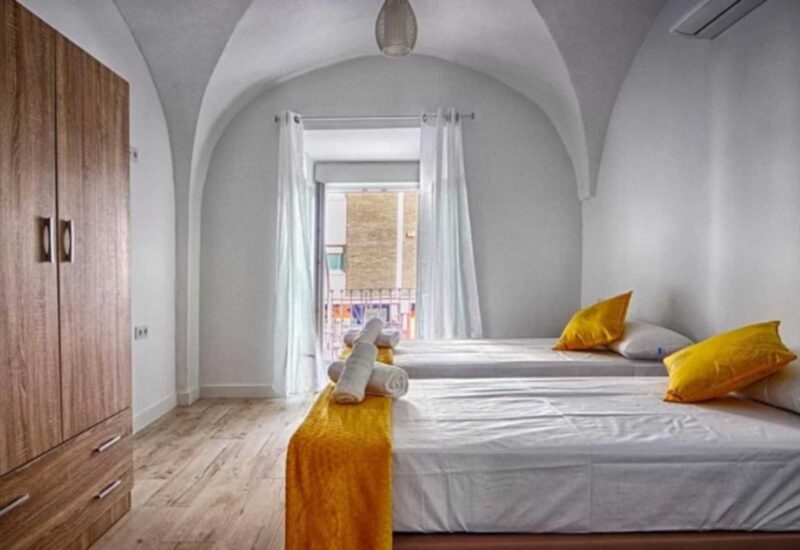
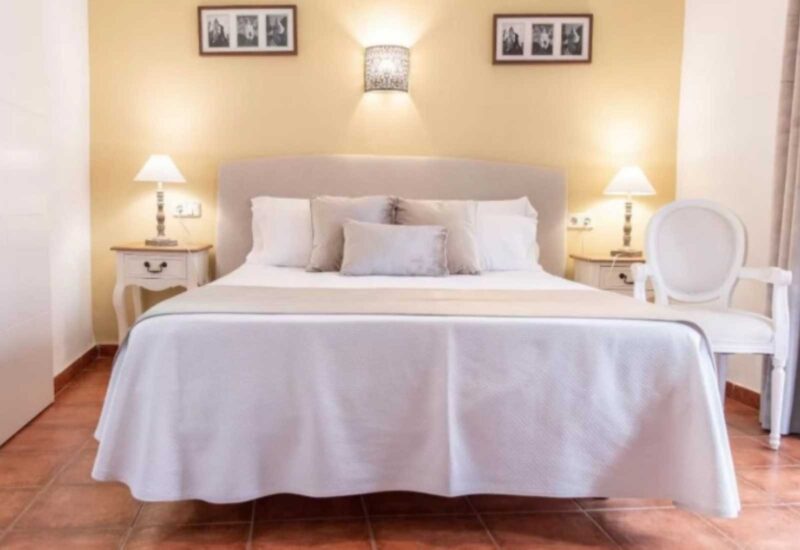
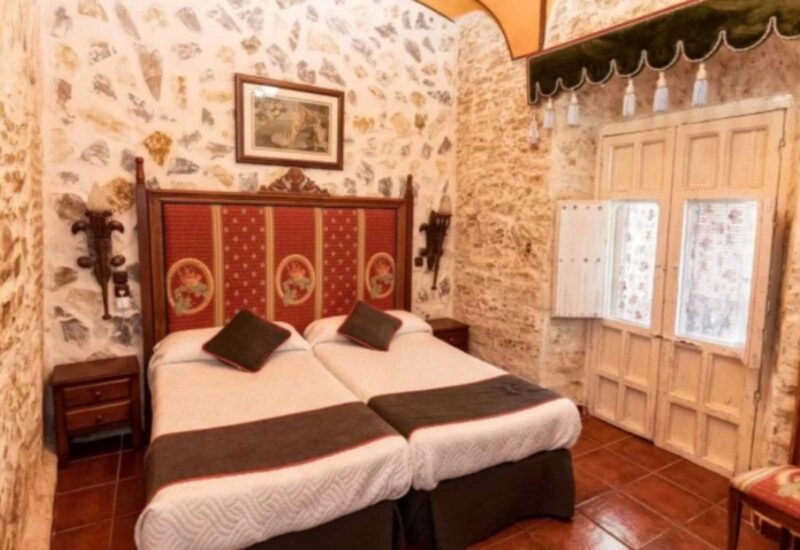
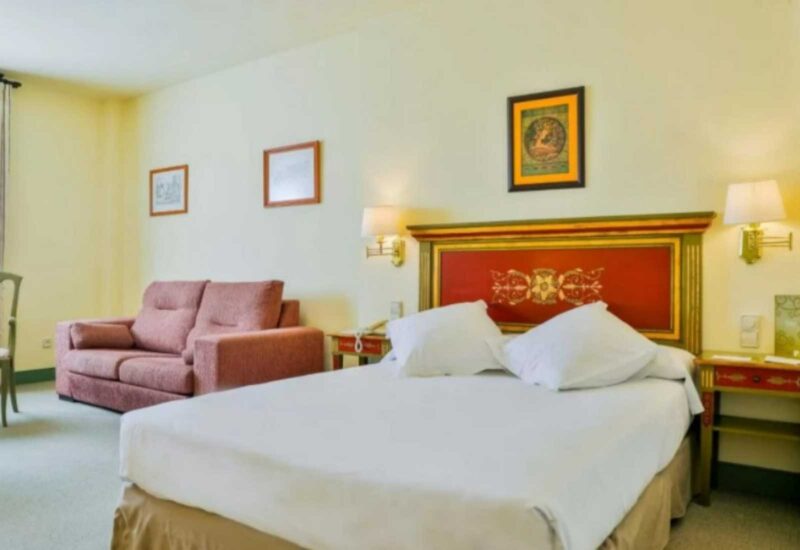
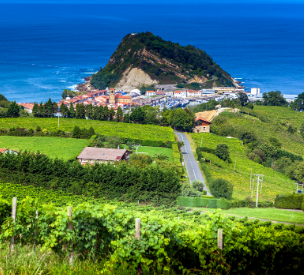
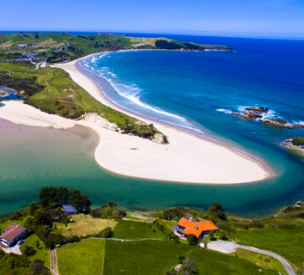
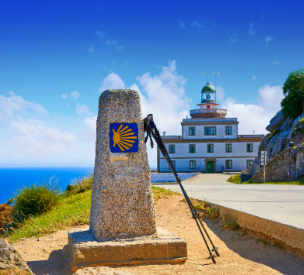
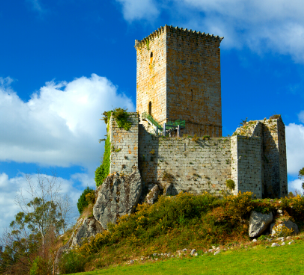
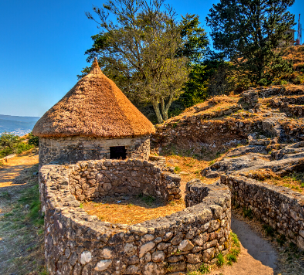
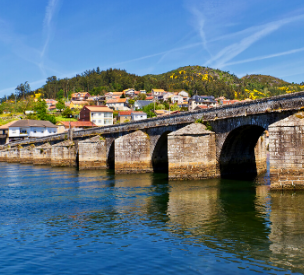

Reviews
There are no reviews yet.